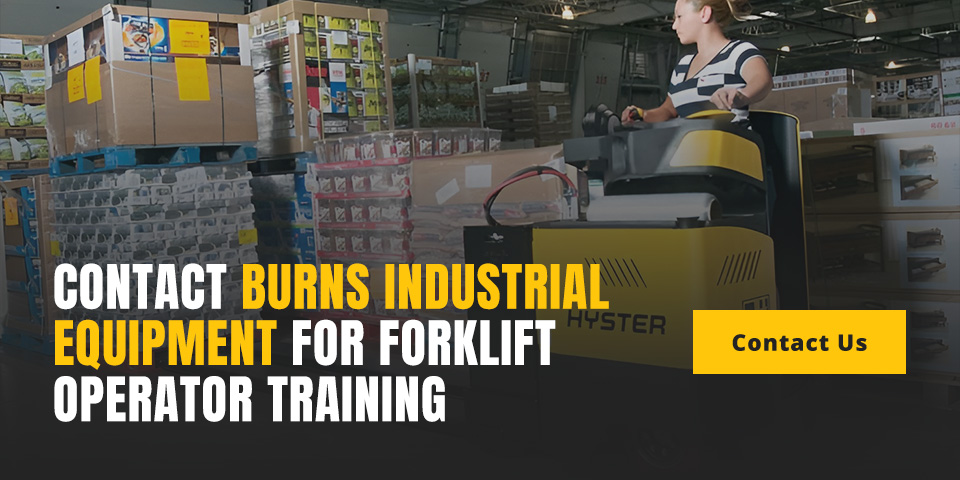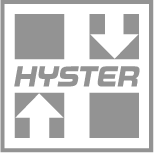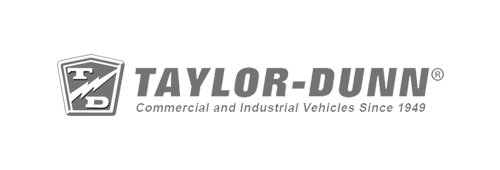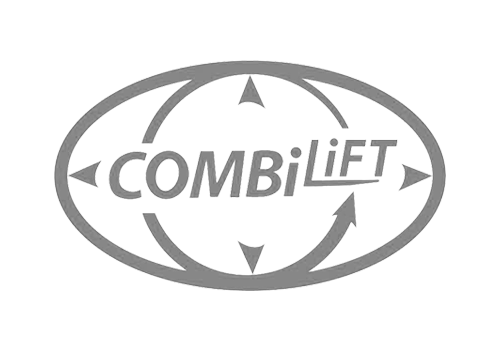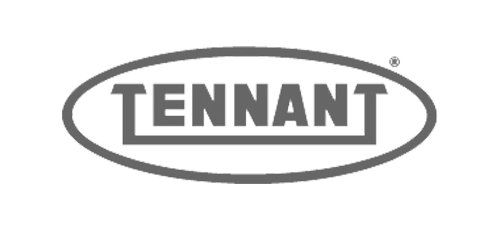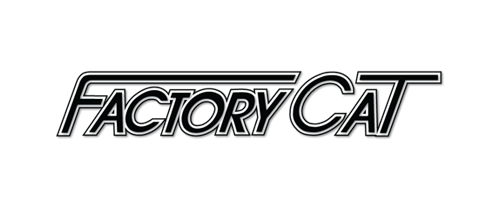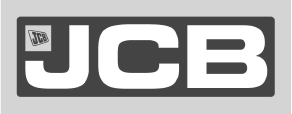
As a warehouse owner or worker, maintaining a safe and hazard-free environment is important, especially when your team uses equipment like forklifts. Applying safety protocols and proper forklift maintenance prevents workplace injuries and keeps your operations running smoothly.
Facilities that use powered industrial trucks should follow the Occupational Safety and Health Administration’s (OSHA) safe forklift operation standards — however, as of 2023, this standard is in the top fifth spot for the most frequently violated OSHA regulation. What are the main causes of injuries when using forklifts, and how do we prevent them? Here is a list of forklift accidents you should watch out for.
The Common Causes of Forklift Injuries
Warehouses are bustling facilities where many people move and organize cargo into storage slots. To transport containers and large storage racks efficiently, an operator must be properly trained to operate forklifts. Workers with enough knowledge and training help prevent physical injury and equipment damage.
However, when safety measures are lacking, unexpected things can occur. The following are common forklift accidents in warehouses, loading docks and other locations where powered industrial trucks are used.
Getting Hit by a Forklift
A forklift operator can unintentionally strike a worker or pedestrian. This is typically caused by a miscalculation or obstructed view, where the operator did not see the person coming. In an incident report from January 2024, a female employee was walking toward an intersection with a view blocked by a wall. When the employee went ahead, a forklift hit her, knocking her to the floor.
When something like this happens, your facility’s forklift operator safety should be thoroughly reviewed. You can avoid this type of accident with:
- Sufficient signages: Add clear warning signs near the area for workers and pedestrians.
- Temporary barriers: Place temporary railings to keep people from passing through areas with forklifts in operation.
- Slow driving and safety protocols: Forklift drivers should drive slowly to check the area before proceeding, and sound the horn when approaching intersections or blind spots.
Injury From a Tipover or Rollover
A forklift tipover happens when its central balance point is unstable because of uneven weight. This causes the forklift to tip over forward. Likewise, a forklift rollover happens when a forklift falls to its side. Tipover and rollover incidents commonly occur when an operator drives too fast and carries a heavy and unsteady load. In some cases, bumpy and uneven driveways can also cause forklifts to lose their balance.
Steer clear of tipover and rollover injuries by reinforcing safety for forklift operators:
- Prohibit speeding: Provide speed limits for driving and making turns.
- Check load capacity: Transport weight within your forklift load capacity — this information is found in the forklift’s data plate.
- Balance your load: Train your workers to place containers properly to balance the container’s weight before transporting cargo.
- Maintain your driveway: Uneven and bumpy roads can cause forklift tipovers, so check and repair them for added safety.
- Inspect your seatbelt: Check if your forklift’s seatbelt is working and properly installed.
Falling From a Forklift Pallet
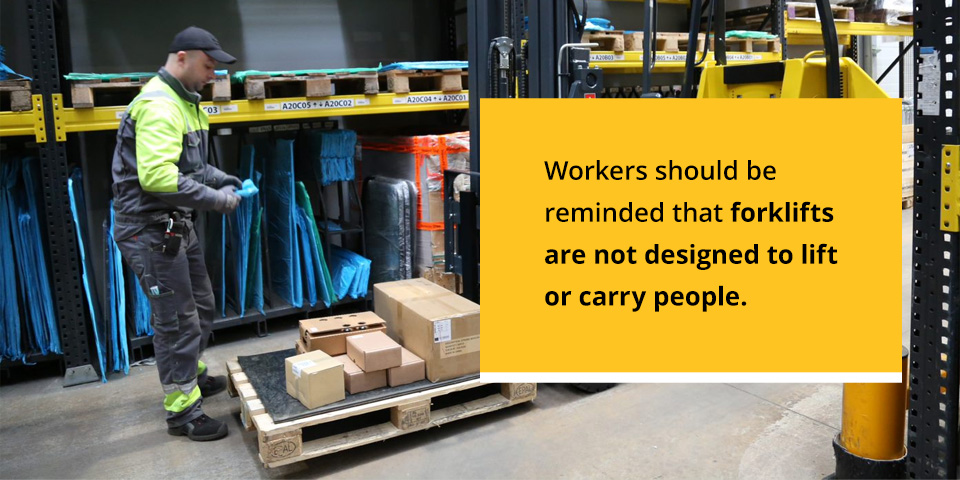
Sometimes, warehouse workers might step on forklift pallets to reach high storage shelves. They may do this to organize storage in high racks. However, workers should be reminded that forklifts are not designed to lift or carry people.
To prevent fall hazards caused by lifting workers with powered industrial trucks, OSHA prohibits stepping on forklift pallets. It’s worth investing in the right equipment to prevent fall-related forklift accidents in your warehouse. Look for a man lift or a mobile elevating work platform (MEWP) to raise your warehouse staff during operations safely.
Getting Hurt From a Forklift Collision
Workers, pedestrians and forklift operators can be injured in a sudden collision. This can happen when a forklift operator loses control or when their forklift suddenly has issues while driving. Incidents like this only reinforce the need for forklift operator safety training and regular forklift maintenance.
In a 2021 incident report, a temporary forklift operator crashed into storage crates. He lost control while driving the forklift and prepared for the crash by putting his leg out before the impact. The operator was hospitalized for a leg fracture. In another incident report in 2020, a worker was operating a forklift while fetching the final containers from the racks. This worker collided with another forklift in the area.
Avoid forklift collision by following OSHA’s safe forklift operation guidelines or following these safety measures:
- Wear a seatbelt: Always wear a seatbelt when operating equipment.
- Watch out for other vehicles: Look out for other forklifts or equipment in the area.
- Keep a safe distance: Refrain from driving too close to ramps and platforms.
- Ensure visibility of the area: Look around before raising, loading and driving the forklift.
- Use horns at intersections: Use horns at intersecting isles and blind corners to warn people.
- Follow the speed limit: Maintain a safe speed when driving and turning.
- Watch out for people: Always look around for people in the front, sides and back.
- Keep your forklifts well-maintained: Regularly check and repair your forklifts as needed.
- Remove forklifts that don’t uphold safety standards: It’s better to use new forklifts that operate with complete safety features.
Struck by a Load Toppled by a Forklift
Workers and forklift operators can get hurt if they get caught in a falling load. This can happen if the operator unintentionally topples a storage rack or when their carry load falls from the forks.
In a 2023 incident report, a standup forklift operator was picking up containers when he accidentally backed into a storage shelf. The worker got stuck between the shelf and the forklift. In this case, the worker might not have seen the storage rack behind him, causing the accident. Again, reinforcing warehouse safety protocols can help employers prevent this type of incident.
You can avoid falling loads related to forklift operation by:
- Loading containers securely: Use a load backrest to keep the cargo items from falling.
- Moving and lifting load slowly: Take your time to gather and move containers.
- Using forklifts with secure palettes: Solid, well-maintained palettes help secure your carry load during transport.
- Looking around before moving the load: Pause before moving or gathering a load to check if your surrounding area is clear.
Prevent Accidents With Forklift Operator Safety
If you think about common forklift accidents, you’ll notice that proper operator training can prevent most of these problems. You can steer clear of forklift accidents in your warehouse by implementing specialized training programs for your forklift operators.
What are the benefits of forklift training? Comprehensive forklift training can update your employees with the latest skills in operating forklifts. It enables your workers to comply with OSHA guidelines while learning proper safety protocols. With the right forklift training, your employees can become more efficient and confident in handling your equipment safely.
Contact Burns Industrial Equipment for Forklift Operator Training
If you need to renew your forklift operator certificate, we invite you to register for a course in your area. Burns Industrial Equipment provides forklift training and certification to keep your workers OSHA-compliant and up to date with equipment handling.
Contact us for forklift safety training today. Our certified trainers offer complete training at your company’s location or our Warrendale, PA, and Macedonia, OH, locations.
